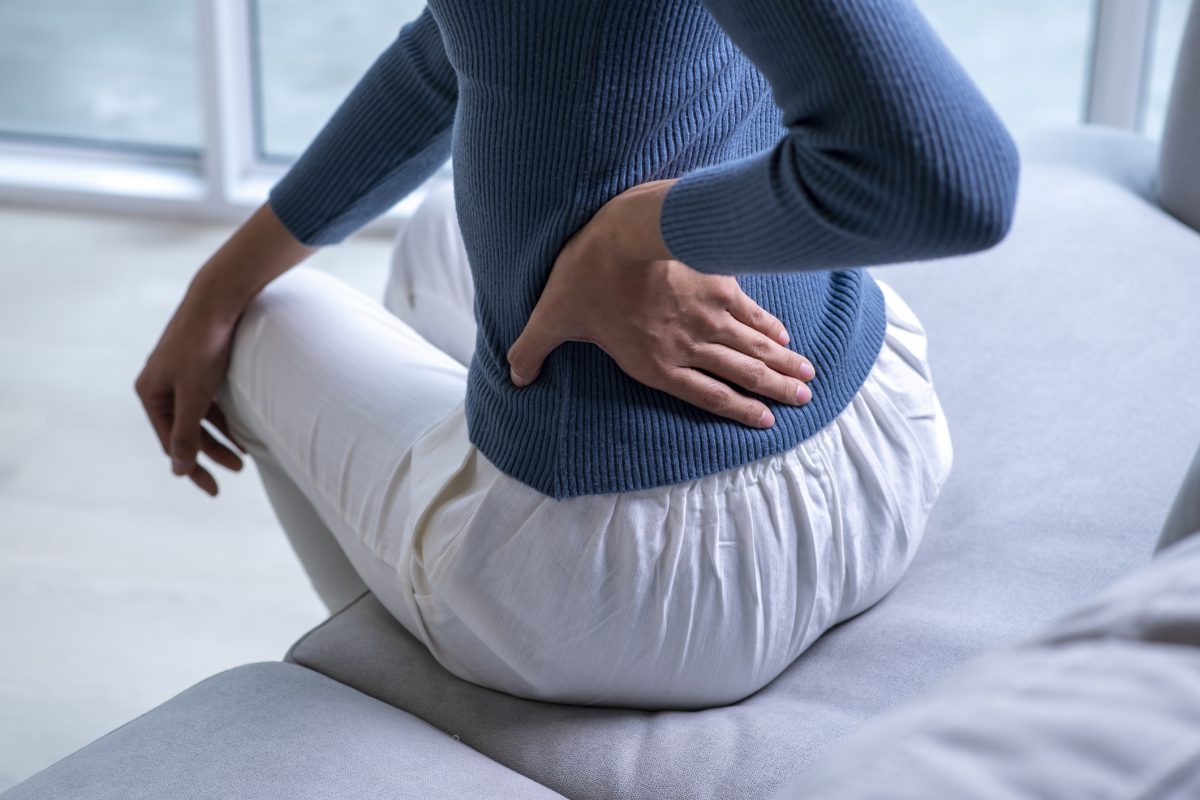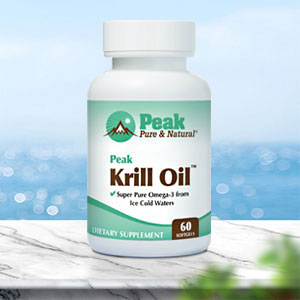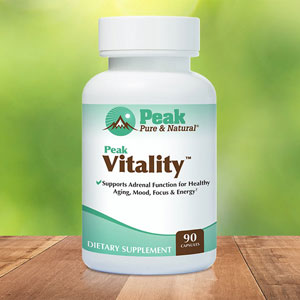Chronic pain is one of the most damaging and soul-destroying things a person can face.
And despite new medical advances and age-old traditional approaches, chronic pain still holds millions of people prisoner.
Many turn to opioids, and still more make liberal use of NSAIDs such as ibuprofen and other pain relievers, unaware of their potential dangers.
But a team of scientists at the University of California, San Francisco, has discovered something that could radically improve the way we treat chronic pain…
It may also explain why some painkillers work better for women than men and why postmenopausal women experience more pain.
Hormones and immune cells trigger natural opioid
The meninges are the tissues that surround and protect the spinal cord and brain. Until now, it was assumed that this protection was their only role.
However, the research team discovered that the meninges are filled with T-reg cells (immune cells). To learn what their function was using mice, the researchers disabled these cells in mice.
When they did this, they found that the female mice became more sensitive to pain, while male mice did not.
When the scientists looked a little further, they were amazed to discover that the female hormones estrogen and progesterone were prompting the immune cells to produce the natural opioid enkephalin.
This series of events explained why the female mice became more sensitive to pain when their T-cells were disabled.
“The fact that there’s a sex-dependent influence on these cells — driven by estrogen and progesterone — and that it’s not related at all to any immune function is very unusual,” said first author of the study, Elora Midavaine, PhD, a postdoctoral fellow.
The researchers have begun investigating the possibility of engineering T-reg cells to produce enkephalin on a constant basis in both men and women for pain relief.
“If that approach is successful, it could really change the lives of the nearly 20% of Americans who experience chronic pain that is not adequately treated,” says Dr. Allan Basbaum, the study’s co-author.
Towards ‘natural opioid’ pain relief
More research is needed to learn precisely how the hormones and immune cells work together to produce this natural opioid. Still, the discovery of this sex-dependent pathway is likely to lead to new and much-needed approaches for managing pain…
It could be especially helpful for women who have gone through menopause and no longer produce estrogen and progesterone, many of whom experience chronic pain, and may not be candidates for hormone replacement therapy.
Additionally, it may help physicians choose medications that could work more effectively for their patients — depending on their sex. Certain migraine treatments, for example, are known to work better on women than men.
We know this because this is not the first time that hormones, particularly female hormones, have been found to act on pain receptors…
Previous research also found that the actions of a female hormone are responsible for increased functional pain in women. Functional pain refers to pain that occurs without injury. Migraines and fibromyalgia (both conditions that affect far more women than men) fall into this category.
Until then, this natural opioid can be put to use, check out these 18 prescription-free ways to help ease pain.
Sources:
Estrogen and progesterone stimulate the body to make opioids — Eureka Alert
Chronic pain: medication decisions — Mayo Clinic
Read full article here




